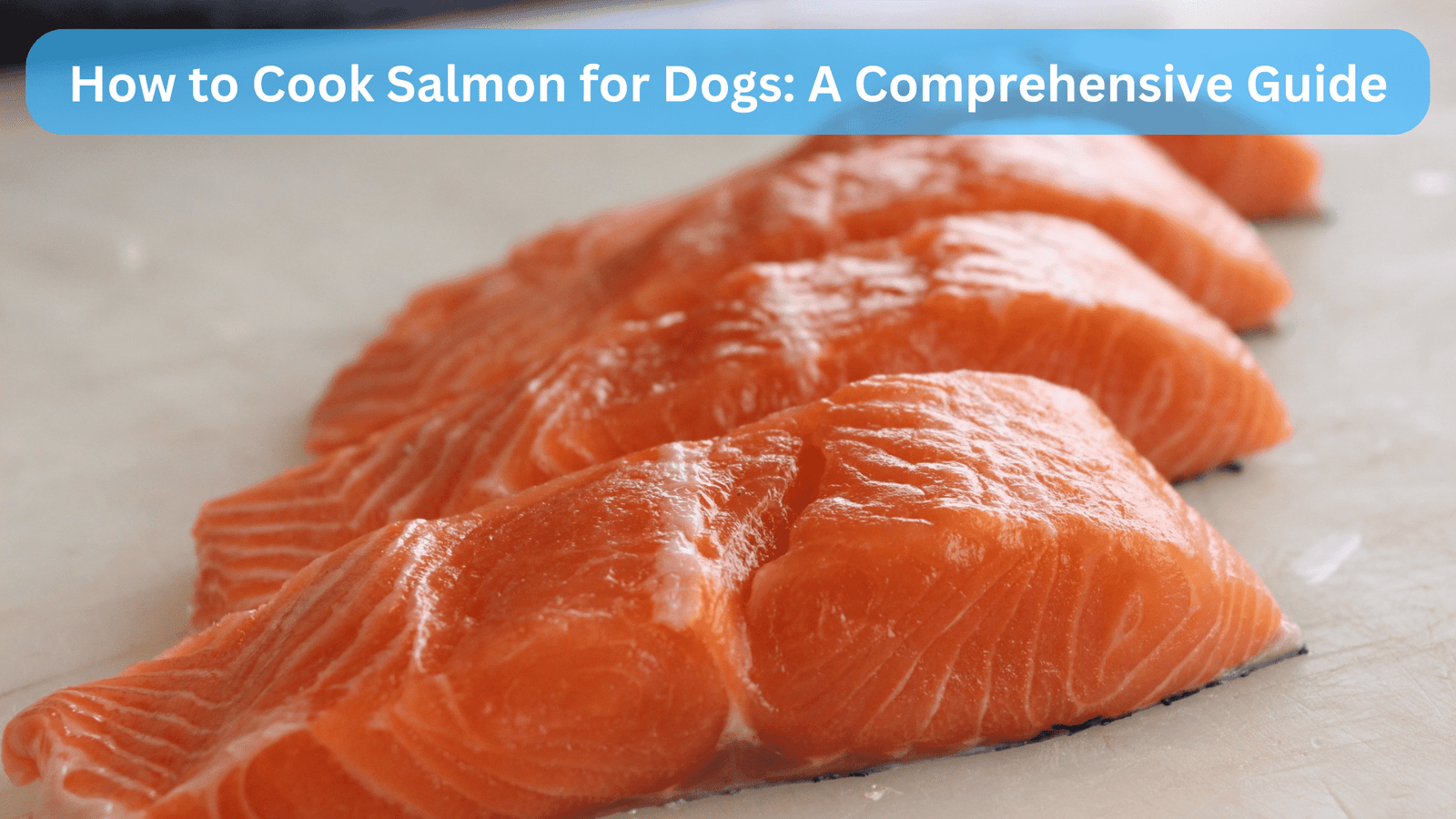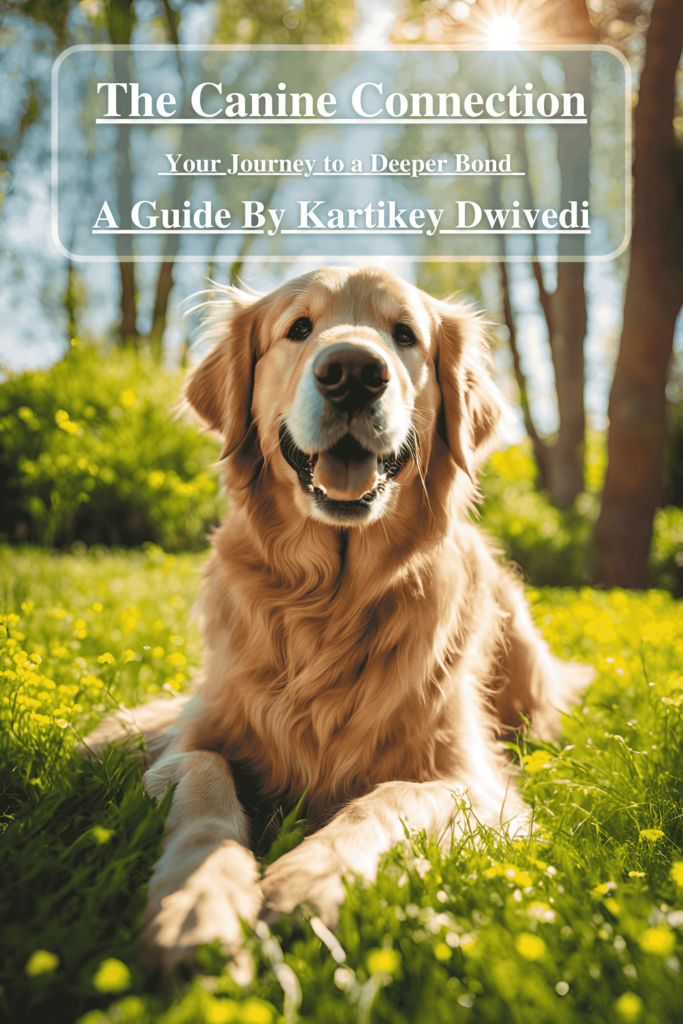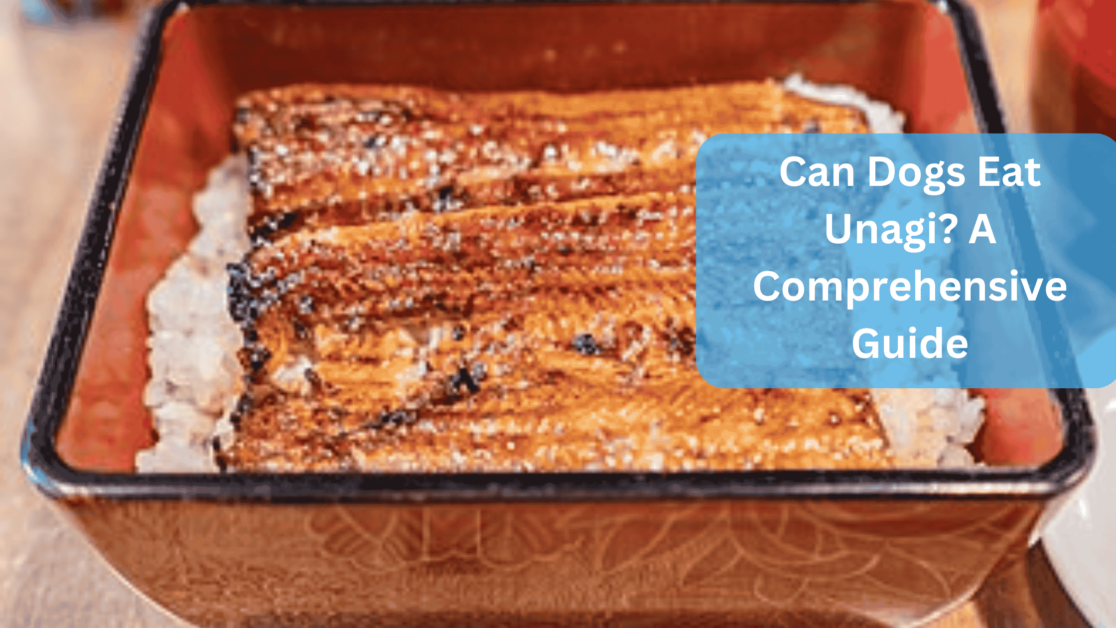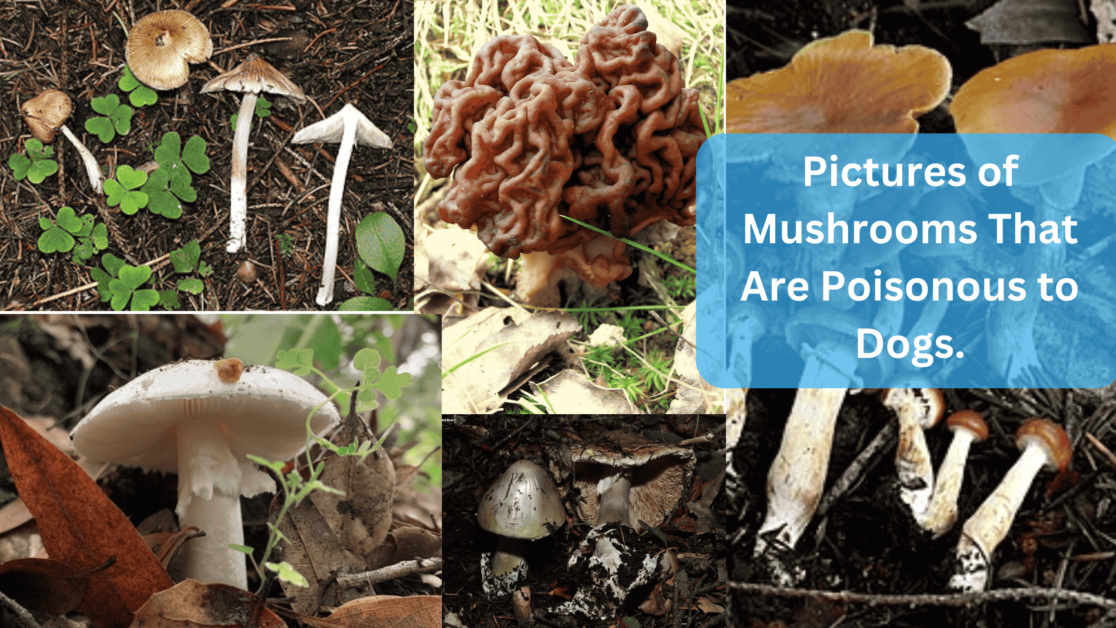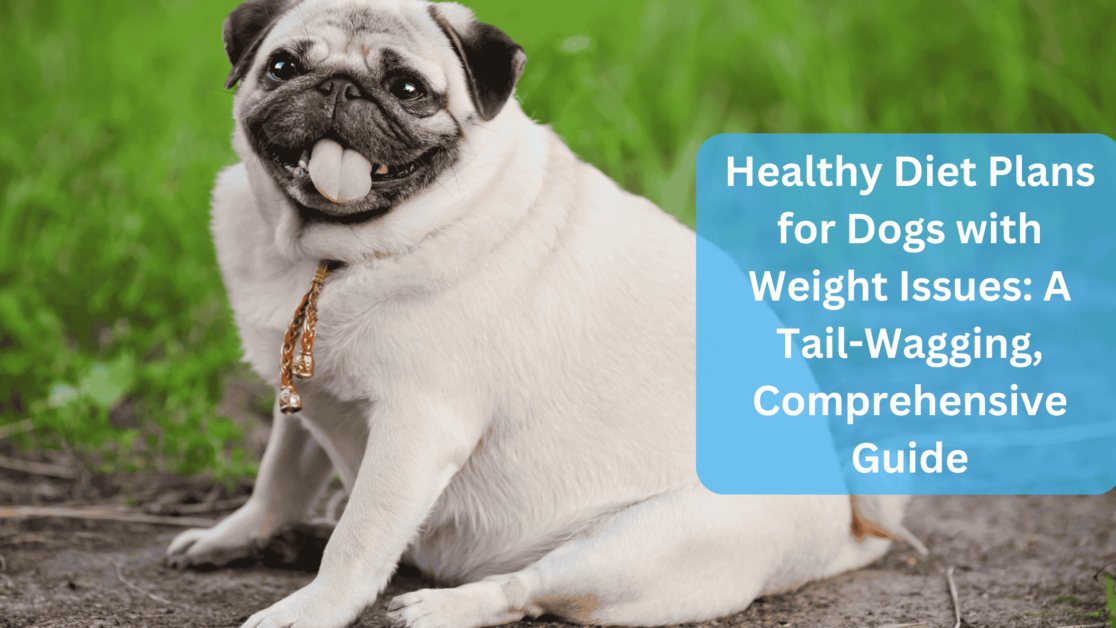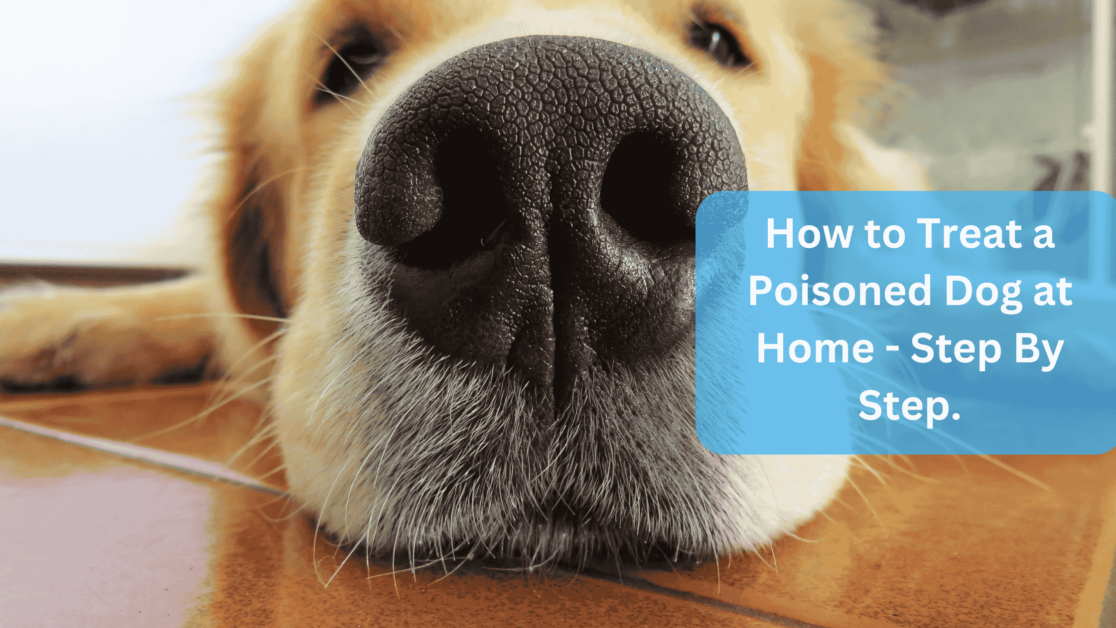Salmon is not just a delicious and nutritious option for humans, but it can also be a healthy treat for your furry friend. Rich in omega-3 fatty acids, protein, and essential vitamins, salmon can contribute to your dog’s overall well-being. However, it’s important to prepare and cook salmon properly to ensure it’s safe and beneficial for your pet. Here’s a comprehensive guide on how to cook salmon for dogs.
Can dogs eat salmon?
Yes, dogs can eat salmon, but with some precautions[1]. Cooked, boneless salmon is a great source of omega-3 fatty acids, protein, and vitamins for your dog.
However, it’s important to avoid raw salmon and salmon with bones or seasonings. Always consult your veterinarian before introducing new foods to your dog’s diet.
Benefits of Salmon for Dogs
Before diving into the cooking process, let’s understand why salmon is a great choice for your dog’s diet:
- Omega-3 Fatty Acids: These help reduce inflammation, support healthy skin and coat, and improve joint health.
- High-Quality Protein: Essential for muscle development and maintenance.
- Vitamins and Minerals: Including B vitamins, potassium, and selenium, which are crucial for overall health.
How to Cook Salmon for Dogs?
Craving to treat your canine companion to a restaurant-worthy meal?
But before you whip out the frying pan, there are key differences between cooking salmon for yourself and your furry friend.
Here’s a quick guide to ensure your pup enjoys a safe and delicious salmon feast!
Selecting the Right Salmon
When choosing salmon for your dog, opt for wild-caught salmon rather than farmed, as it usually contains fewer contaminants.
Always buy fresh or frozen salmon fillets and avoid those with added seasonings or preservatives.
Preparation Steps
- Thawing: If using frozen salmon, thaw it in the refrigerator overnight. Never thaw at room temperature to avoid bacterial growth.
- Deboning: Ensure the salmon fillet is free of bones. Even tiny bones can pose a choking hazard or cause internal injury.
- Skin: While salmon skin is safe for dogs to eat, some dogs might have trouble digesting it. You can either leave the skin on or remove it based on your dog’s preference and digestive tolerance.
Cooking Methods
Here are three safe and simple ways to cook salmon for your dog:
1. Baking
- Preheat the oven to 350°F (175°C).
- Place the salmon on a baking sheet lined with parchment paper.
- Bake for 20-25 minutes or until the salmon flakes easily with a fork.
- Cool down the salmon to room temperature before serving.
2. Poaching
- Fill a large pot with enough water to cover the salmon completely.
- Bring the water to a boil, then reduce to a simmer.
- Add the salmon to the pot.
- Simmer for 10-15 minutes or until the salmon is cooked through.
- Remove from the water and allow it to cool before serving.
3. Grilling
- Preheat the grill to medium heat.
- Place the salmon on the grill.
- Cook for 5-7 minutes per side, depending on the thickness of the fillet.
- Ensure the salmon is fully cooked and flaky before removing from the grill.
- Let it cool completely before serving.
Bonus Tip: Looking for a way to add a touch of moisture and extra flavor to your dog’s salmon dish? Try adding a spoonful of plain, low-fat yogurt or mashed sweet potato!
Serving Suggestions
- Portion Control: Serve the salmon in appropriate portions based on your dog’s size. A general guideline is to provide salmon as a treat, not exceeding 10% of their daily caloric intake.
- Mix with Regular Food: You can mix flaked salmon with your dog’s regular food to add flavor and nutritional benefits.
- Avoid Seasonings: Do not add salt, pepper, or any other seasonings to the salmon. Plain, cooked salmon is the safest option.
Storage Tips
- Refrigerate: Store leftover cooked salmon in an airtight container in the refrigerator for up to three days.
- Freeze: You can freeze cooked salmon portions for up to three months. Thaw in the refrigerator before serving.
Important Considerations
- Avoid Raw Salmon: Never feed your dog raw salmon due to the risk of parasites, which can cause salmon poisoning disease.
- Check for Allergies: Introduce salmon gradually to ensure your dog doesn’t have any adverse reactions or allergies.
- Consult Your Vet: Always consult your veterinarian before adding new foods to your dog’s diet to ensure it fits their specific health needs.
Salmon for Dogs FAQs
Can I give my dog salmon skin?
Cooked salmon skin can be safe for dogs in moderation, but remove any excess fat. Some dogs might have trouble digesting it, so start with a small amount and monitor their reaction.
Is farmed or wild-caught salmon better for dogs?
Wild-caught salmon is generally considered preferable as it may contain fewer contaminants than farmed salmon.
What if my dog accidentally eats raw salmon?
If your dog eats raw salmon, monitor them closely for signs of salmon poisoning disease, such as vomiting, diarrhea, lethargy, and loss of appetite. Contact your veterinarian immediately if you suspect they are ill.
Can I cook salmon with other ingredients for my dog?
It’s best to avoid adding any seasonings, onions, garlic, or other ingredients that can be harmful to dogs. Stick to plain, cooked salmon.
Are there any alternative ways to give my dog omega-3s?
If your dog doesn’t tolerate salmon, you can discuss alternative sources of omega-3 fatty acids with your veterinarian. These might include fish oil supplements, flaxseed oil, or certain types of dog food formulated with omega-3s.
Also Read: How to Cook Oatmeal for Dogs: A Comprehensive Guide
Also Read: How to cook Sweet Potatoes for Dogs: Best Guide
Conclusion
In conclusion, salmon can be a fantastic addition to your dog’s diet, offering a delicious source of omega-3 fatty acids, protein, and essential vitamins.
By following these simple preparation and cooking guidelines, you can ensure your furry friend enjoys the benefits of salmon safely.
Remember to consult your veterinarian before introducing any new food to your dog’s diet, especially if they have any pre-existing health conditions.
